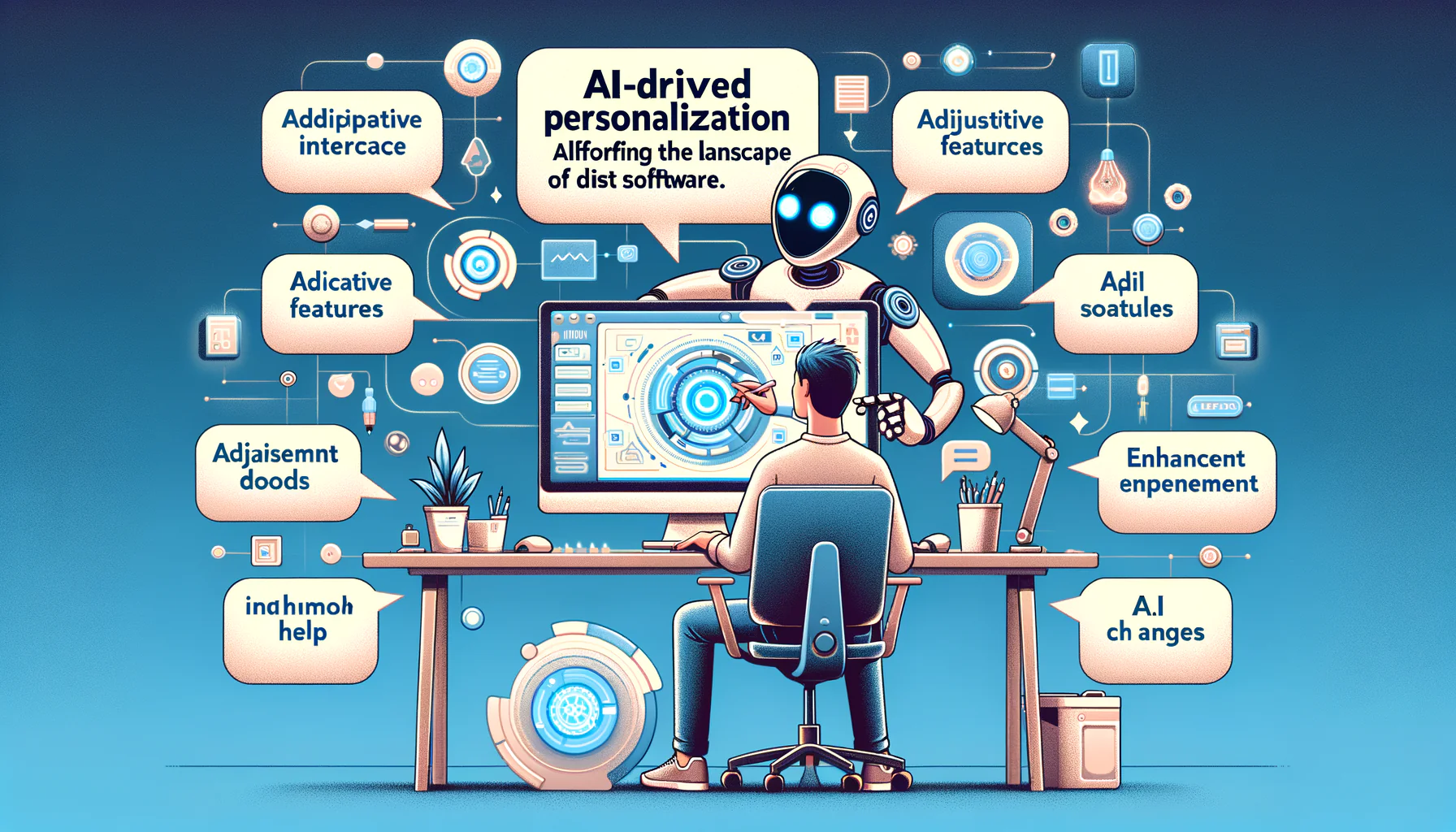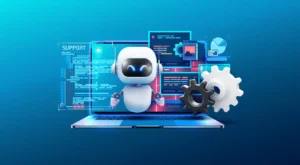Self-Supervised Learning (SSL) for Large Models: The Future of AI Training
Introduction
Artificial Intelligence (AI) has advanced rapidly over the past decade, largely thanks to supervised learning, where models are trained on massive labeled datasets. However, labeling data at scale is expensive, time-consuming, and often impractical. Enter Self-Supervised Learning (SSL)—a paradigm shift that allows models to learn from unlabeled data by generating supervisory signals from the data itself.
In recent years, SSL has emerged as a cornerstone for training large models such as GPT, BERT, and CLIP. By leveraging inherent structures within data—like predicting missing words in a sentence, generating image patches, or aligning text with visuals—SSL unlocks the potential of billions of unlabeled samples across the web.
This article explores how SSL works, why it matters for large models, its architectures, applications, limitations, and future directions.
1. What is Self-Supervised Learning?
Self-Supervised Learning (SSL) is a machine learning paradigm where supervisory signals are created automatically from raw, unlabeled data. Instead of needing humans to annotate millions of examples, SSL designs pretext tasks—artificial problems derived from the input itself—that force the model to learn useful representations.
For example:
-
In language models, SSL trains models to predict missing words (masked language modeling).
-
In vision models, SSL asks the model to predict missing image patches or contrast positive vs. negative samples.
-
In multimodal models, SSL aligns different modalities (e.g., matching captions with images).
The key idea is: by solving these pretext tasks, the model acquires generalizable features that transfer well to downstream tasks.
2. Why SSL is Crucial for Large Models
Large AI models (with billions or even trillions of parameters) thrive on scale—but supervised approaches can’t keep up:
-
Data scarcity vs. web abundance – Supervised learning needs labeled data, while SSL taps into the ocean of unlabeled text, images, audio, and video online.
-
Cost efficiency – Human annotation at scale is expensive. SSL eliminates this bottleneck.
-
Better generalization – SSL representations transfer across domains (e.g., a BERT model pre-trained on Wikipedia can fine-tune to medical NLP tasks).
-
Foundation for foundation models – The most powerful foundation models (GPT, LLaMA, DINO, CLIP, Whisper) are SSL-driven.
In essence, SSL fuels the growth of large models by enabling them to learn from the world’s raw data without needing curated labels.
3. How Self-Supervised Learning Works
3.1 Core Principles
-
Pretext Tasks: Artificially constructed learning objectives.
-
Proxy Supervision: Labels are derived automatically (e.g., predicting the next word).
-
Transfer Learning: After pretraining with SSL, models can be fine-tuned for specific tasks.
3.2 SSL in NLP
-
Masked Language Modeling (MLM) – Used in BERT. Words are randomly masked, and the model predicts them.
-
Causal Language Modeling (CLM) – Used in GPT. The model predicts the next token in a sequence.
-
Permutation-based Learning – XLNet predicts words under random permutations of sentence order.
3.3 SSL in Vision
-
Contrastive Learning – Models like SimCLR or MoCo maximize similarity between augmented views of the same image while minimizing similarity to other images.
-
Masked Image Modeling (MIM) – Vision transformers (ViT, MAE, BEiT) mask patches of images and predict the missing content.
-
Clustering-based SSL – Methods like DeepCluster group images into pseudo-labels for self-supervised training.
3.4 SSL in Multimodal Models
-
Text-Image Alignment (CLIP, ALIGN) – Aligns captions with corresponding images.
-
Audio-Text Alignment (Whisper, Speech2Text) – Matches transcriptions with audio waveforms.
-
Video-Text Models – Aligns movie clips with dialogue for representation learning.
4. Architectures for SSL in Large Models
-
Transformers – Backbone of NLP (BERT, GPT) and increasingly of vision (ViT).
-
Contrastive Models – Key for representation learning in vision and multimodal domains.
-
Autoencoders – Reconstruct missing data, widely used in masked modeling approaches.
-
Hybrid SSL – Combines multiple SSL objectives (e.g., joint masked and contrastive training).
Large-scale SSL relies on distributed training infrastructures, GPUs/TPUs, and optimization techniques (AdamW, LAMB).
5. Advantages of SSL for Large Models
-
Label-Free Scaling – Utilizes vast unlabeled data.
-
Domain Agnosticism – Works across text, images, speech, video, and multimodal data.
-
Efficient Representation Learning – Learns embeddings that transfer across downstream tasks.
-
Reduced Annotation Bias – Unlike supervised datasets, SSL reduces reliance on human-labeled data that might carry cultural bias.
-
Improved Robustness – SSL-pretrained models adapt better to real-world noisy inputs.
6. Applications of SSL in Large Models
6.1 Natural Language Processing
-
Chatbots & Virtual Assistants – GPT-based assistants rely heavily on SSL pretraining.
-
Sentiment Analysis – SSL embeddings improve domain-specific fine-tuning.
-
Machine Translation – Self-supervised bilingual embeddings power cross-lingual translation.
-
Document Summarization – Pretrained models generalize to abstractive summarization tasks.
6.2 Computer Vision
-
Image Classification & Detection – Pretrained SSL models outperform supervised baselines with limited labels.
-
Medical Imaging – SSL learns from large volumes of unlabeled MRI/CT scans.
-
Autonomous Vehicles – SSL enhances scene understanding with limited labeled driving datasets.
6.3 Multimodal AI
-
Image Captioning (CLIP, ALIGN) – Enables zero-shot transfer to unseen tasks.
-
Text-to-Image Generation (DALL·E, Stable Diffusion) – SSL provides aligned embeddings.
-
Speech Recognition (Whisper) – Uses SSL to align speech with transcriptions.
6.4 Scientific Discovery
-
Protein Folding (AlphaFold) – SSL-style sequence modeling learns protein structures.
-
Drug Discovery – Large SSL models analyze molecular graphs.
7. Challenges in SSL for Large Models
-
Computational Cost – Training large SSL models requires huge compute and energy.
-
Negative Sampling Issues – Contrastive learning depends on well-designed negatives.
-
Data Quality – Web-scale unlabeled data is noisy and biased.
-
Evaluation Difficulties – Measuring SSL progress is tricky without labeled benchmarks.
-
Ethical & Bias Concerns – SSL-trained models may inherit harmful patterns from the web.
-
Catastrophic Forgetting – Fine-tuning may erase general knowledge learned during pretraining.
8. Future of SSL in Large Models
-
Unified Multimodal Pretraining – Models will integrate text, vision, audio, and video seamlessly.
-
Energy-Efficient SSL – Research into low-resource training (sparse models, quantization).
-
Self-Supervised Reinforcement Learning – Combining SSL with RL for autonomous agents.
-
Domain-Specific SSL Models – Medicine, law, finance, and climate science.
-
Continual SSL Training – Lifelong learning from ever-evolving data streams.
-
Democratization of SSL – Open-source SSL models enabling smaller labs to innovate.
9. Case Studies
-
BERT (2018) – First mainstream success of SSL in NLP via MLM.
-
GPT Series (2018–2025) – Causal SSL, scaling to trillions of parameters.
-
CLIP (2021) – Text-image contrastive SSL for zero-shot vision tasks.
-
MAE & SimCLR (2021–2022) – Vision transformers leveraging SSL.
-
Whisper (2022) – SSL for multilingual speech recognition.
10. Final Thoughts
Self-Supervised Learning has moved from an academic curiosity to the foundation of large-scale AI. It empowers models to learn from the world’s raw data, enabling breakthroughs in NLP, vision, speech, and multimodal intelligence.
As AI continues scaling, SSL will be the default training paradigm for foundation models, reducing dependence on labeled data and unlocking new frontiers in general-purpose intelligence.
The journey ahead includes solving compute inefficiencies, addressing bias, and ensuring ethical deployment. But one thing is clear: SSL is not just a tool—it is the fuel powering the next generation of AI.
Convergence of IoT and Machine Learning: Shaping the Future of Intelligent Systems






